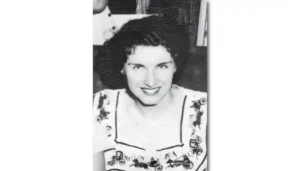
Emilie Green Johnston
Emilie Green Johnston (1924-2011) is a significant figure to historians and researchers of Guam history. Along with Guam historian/professors Paul Carano and Marjorie Driver, Johnston

Emilie Green Johnston (1924-2011) is a significant figure to historians and researchers of Guam history. Along with Guam historian/professors Paul Carano and Marjorie Driver, Johnston
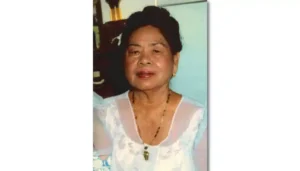
Rosa Aguigui Reyes (1915-2007) is distinguished as being the first woman elected to the Guam Congress, in 1946. She was a pioneer in politics and
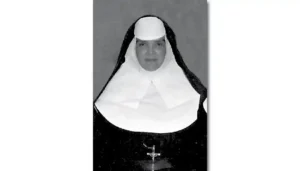
Mary Essie Underwood (1906-1998), also known as Sister Mary Inez, was one of the first three Sisters of Mercy from North Carolina who came to

Elizabeth Pangelinan Perez Arriola (1928 – 2002) is most widely recognized in Guam history for her stand on issues affecting the family. A six-term Guam
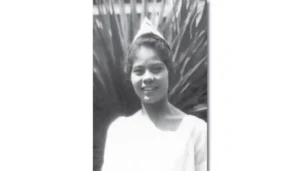
Amanda Pangelinan Guzman Shelton (1906-1982) was one of a handful of native Chamorro nurses who worked at the Naval Hospital in Hagåtña in the early

Johnny Sablan, (1948 – ) a pioneer Chamorro recording artist, received the “Island Icon Award for 2011” in a vote among fellow musicians and islandwide
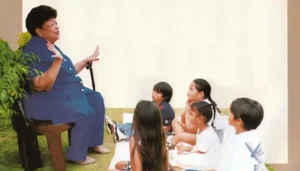
Clotilde “Ding” Castro Gould (1930-2002) was a beloved storyteller, educator and advocate for Chamorro language and culture. Through her sense of humor and gift for

Joseph C. Murphy (1927-2009) was a newspaper columnist and editor best known for “Pipe Dreams,” a column he wrote for more than 50 years.
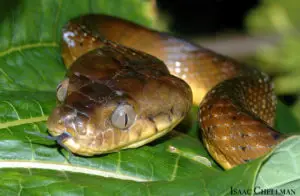
The snake first entered Guam, the CHamoru language and CHamoru consciousness hundreds of years before it physically arrived.

The word “låncho” comes from the word Spanish word “rancheria” and refers to Chamorro farms, ranches, gardens, or family property in the hålomtåno’ (jungle), and